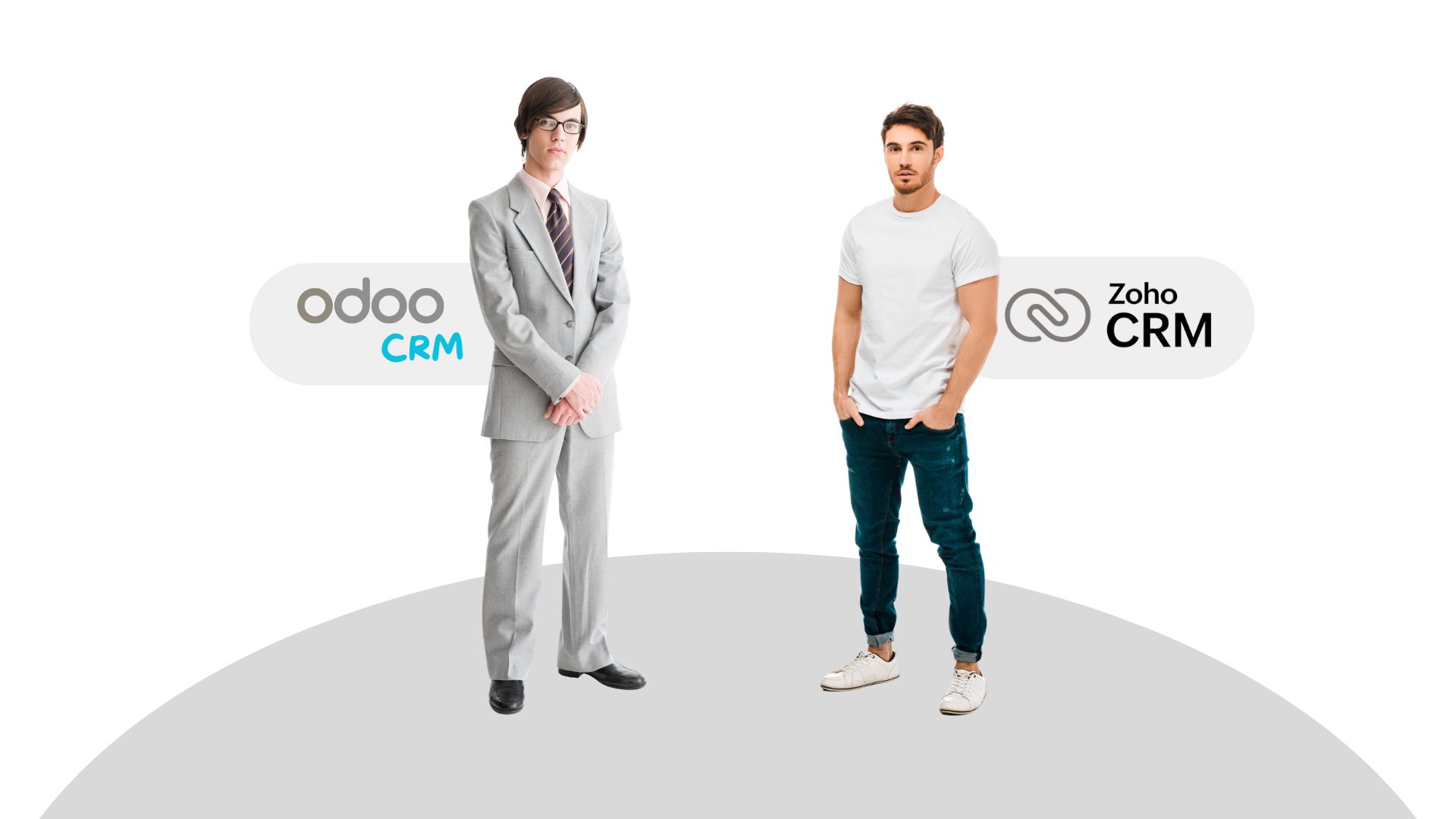Wake-Up Call: The Real Reason Your Display Ads Aren’t Converting
Hey there, digital marketer! Let’s talk about those display ads you’ve been running. You know, the ones that are supposed to be boosting your brand and driving leads but somehow aren’t hitting the mark? You’re not alone. Many businesses find that their display ads aren’t generating the leads they hoped for. But don’t worry – we’re here to figure out why and, more importantly, how to turn things around.
First off, here’s the tough reality: Even with the best practices, display ads might not always bring immediate conversions. That’s because of the way they work in terms of user intent, engagement, and some cool psychological principles we’ll dive into.
But fear not! By understanding these factors, you can make your display ad strategy shine, focusing on brand building while keeping realistic expectations about those instant conversions.
Go straight to our recommendations and best practices – click here.
Display Ads: Facing Conversion Challenges Head-On

Here’s the deal: the average conversion rate for display ads is just 0.7% for B2C and a measly 0.3% for B2B. (First Page Sage) (Smart Insights) These low figures highlight the inherent difficulty of converting leads through display ads compared to other channels like search ads, which have higher intent and engagement rates.
For context, the average conversion rate for paid search ads is significantly higher, often going up to around 3.5% or more depending on industries. So why is that?
Psychological Concepts Behind User Engagement, Intent, and Conversion Challenges in Display Ads
Now, let’s get a bit geeky with some psychology. Understanding how people think and interact with your ads can explain a lot about why display ads struggle with conversions.
Lower Intent
Awareness Stage: Display ads usually catch people who aren’t actively looking for your product. They’re just browsing. So, the intent to buy is low.
Interruptive Nature: These ads pop up while users are doing something else. They engage System 1 thinking – quick, automatic, and driven by emotions. Not exactly the mindset for making a purchase decision.
Passive Engagement
Passive Attention: People see your ads incidentally. They’re not looking for them, so their cognitive engagement is low. Attention economy theory tells us users have limited mental resources, and incidental ads don’t grab much of that.
Peripheral Persuasion: Display ads often use the peripheral route to persuasion – think flashy visuals and catchy slogans rather than deep, meaningful content. This doesn’t always lead to strong engagement or conversions.
Cognitive Load
Display ads can add to the user’s cognitive load, especially if they’re irrelevant. This can lead to banner blindness, where users subconsciously ignore the ads.
Overcoming Conversion Challenges: Key Issues and Best Practices

To help you navigate these issues and improve your campaign performance, we’ve listed some common problems and their corresponding solutions.
Here’s a detailed look at the key areas to focus on for optimising your display ad campaignsWrapping It Up
Display ads have their challenges, but understanding these psychological concepts can help you make the most of them. They’re great for building brand awareness and familiarity, even if they don’t always drive immediate conversions. So, tailor your strategies to leverage these strengths and manage your expectations about quick wins.
Remember, it’s all about the long game. Keep testing, analyzing, and refining your approach, and you’ll see those display ads start to pay off. Happy advertising!




